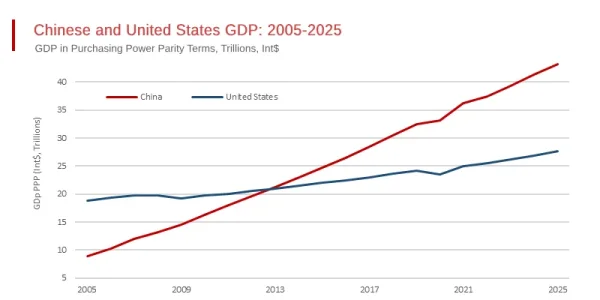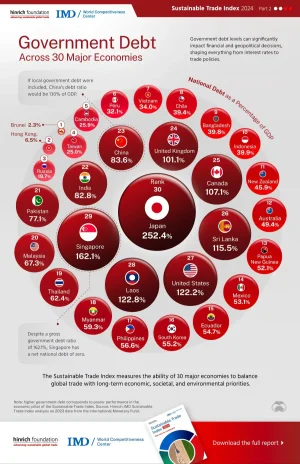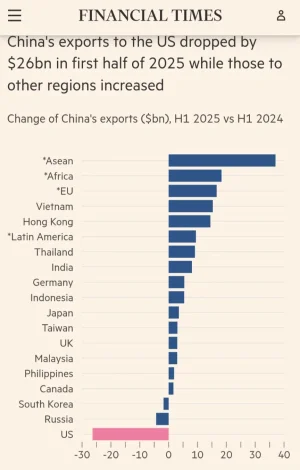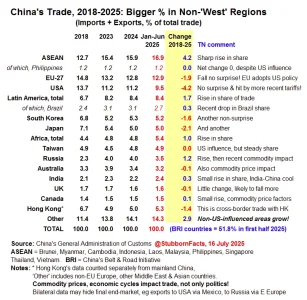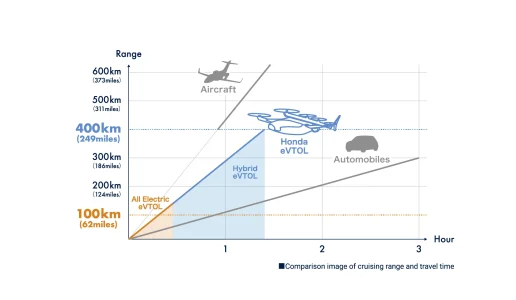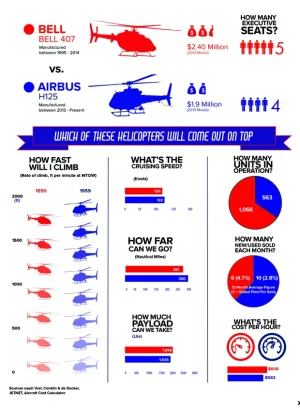From lab to market: A revolutionary cooling film transforms industries in China
By Yao Xueqing (
People's Daily) 14:00, July 22, 2025
Researchers from Nanjing University pose for a picture with the radiative cooling material they developed.
Imagine smartphones that self-cool without fans or external power - using a micron-thin film to reduce internal temperatures by 5 to 10 degrees Celsius, boosting efficiency and reliability by up to 40%.
This innovation is now in production at Suzhou-based Moguang New Energy. In automated workshops, tempered glass undergoes precision coating processes where ion beams deposit functional materials, creating single-atom-thick radiative cooling films. Already adopted by Xiaomi and Apple, the technology is expanding to other Chinese brands.
The product's foundation lies in decade-long research by Professor Zhu Jia and his team at Nanjing University's School of Sustainable Energy and Resources. This breakthrough came in 2019, when they developed new materials capable of regulating heat through a process known as radiative cooling.
"Effective cooling requires minimizing energy absorption while maximizing emission," explained Zhu Bin, an associate professor on the team. Their engineered films achieve passive cooling through high infrared emission within the atmospheric window spectrum.
Photo shows the main building of Moguang New Energy, a thermal management company based in Suzhou High-tech Zone, east China's Jiangsu province.
The innovation quickly attracted industry attention. In 2021, Xiaomi approached the researchers to explore applications in mobile electronics, where effective thermal management is increasingly critical. As smartphones integrate advanced AI chips and boost processing power, overheating risks (causing overheat, system lag, or even shutdowns) have escalated significantly.
Encouraged by laboratory results, the team decided to commercialize the technology. With support from Nanjing University and the Suzhou High-tech Zone, they launched Moguang New Energy in 2022 to bring the technology to the market. But turning a lab prototype into a commercial product proved far more complex than anticipated.
"In the lab, we focused on improving cooling performance. But in the real world, we had to balance over 120 technical specifications to meet customer needs," Zhu Bin recalled. What they initially expected to take two months instead led to a grueling six-month journey, as they grappled with the "impossible triangle" of performance, stability, and affordability.
To overcome these challenges, the team adopted a three-pronged approach.
First, they continued advancing the core technology on their pilot production line. Second, they established a joint laboratory, backed by the university and local government, which brought together experts in materials science, optics, and polymers. Collaborating with suppliers, they addressed technical bottlenecks such as adhesive reliability and lamination techniques. Third, by fine-tuning automation and adjusting material formulations, they raised the film's production yield from 50 percent to over 90 percent, significantly cutting costs.
Moguang New Energy's radiative cooling technology is adopted on Dagu Glacier in southwest China's Sichuan province, as part of the efforts to slow glacial melt.
After more than 40 iterations, a commercially viable radiative cooling film featuring great performance, stability, and affordability was successfully applied to a new Xiaomi smartphone model in 2023, marking a major step toward large-scale commercialization.
"Moguang New Energy now operates three production lines and continues to scale up," said Zhu Bin. Four smartphone brands have partnered with the company. The company's electronic-grade cooling film orders have exceeded 70 million yuan ($9.74 million). Applications beyond electronics are also expanding: building coatings, cold-chain logistics, and solar systems account for another 30 million yuan in orders. The company is preparing to launch textile-grade films suitable for sun-protective clothing and tents, with mass production expected to begin soon.
Together, these product lines target trillion-yuan markets in electronics, construction, and apparel, with further expansion planned into aerospace. The company expects revenue to surpass 100 million yuan this year.
Beyond commercial applications, the technology is also playing a role in climate resilience. Since 2022, Moguang New Energy has applied its radiative cooling technology to glacier preservation efforts on Dagu Glacier in southwest China's Sichuan province. "Early results show an 80 percent reduction in melting in pilot areas, with projections indicating potential net growth in glacier volume within three to five years," Zhu Bin noted.









